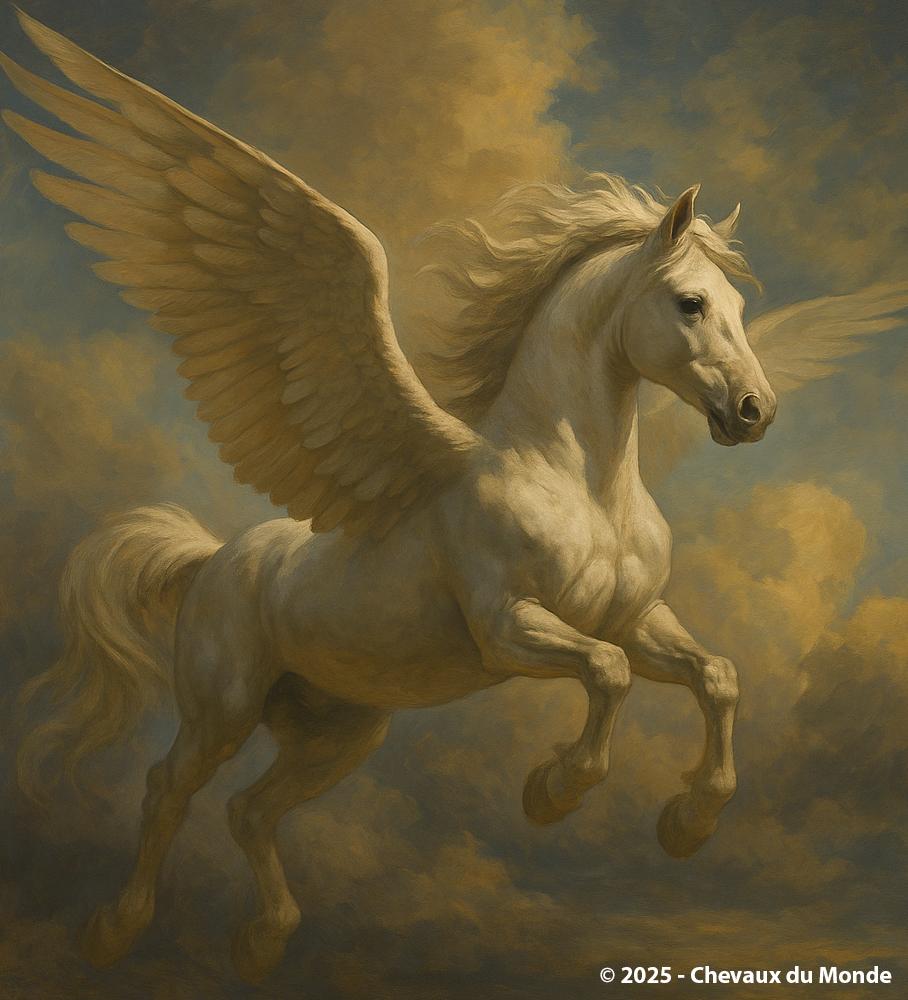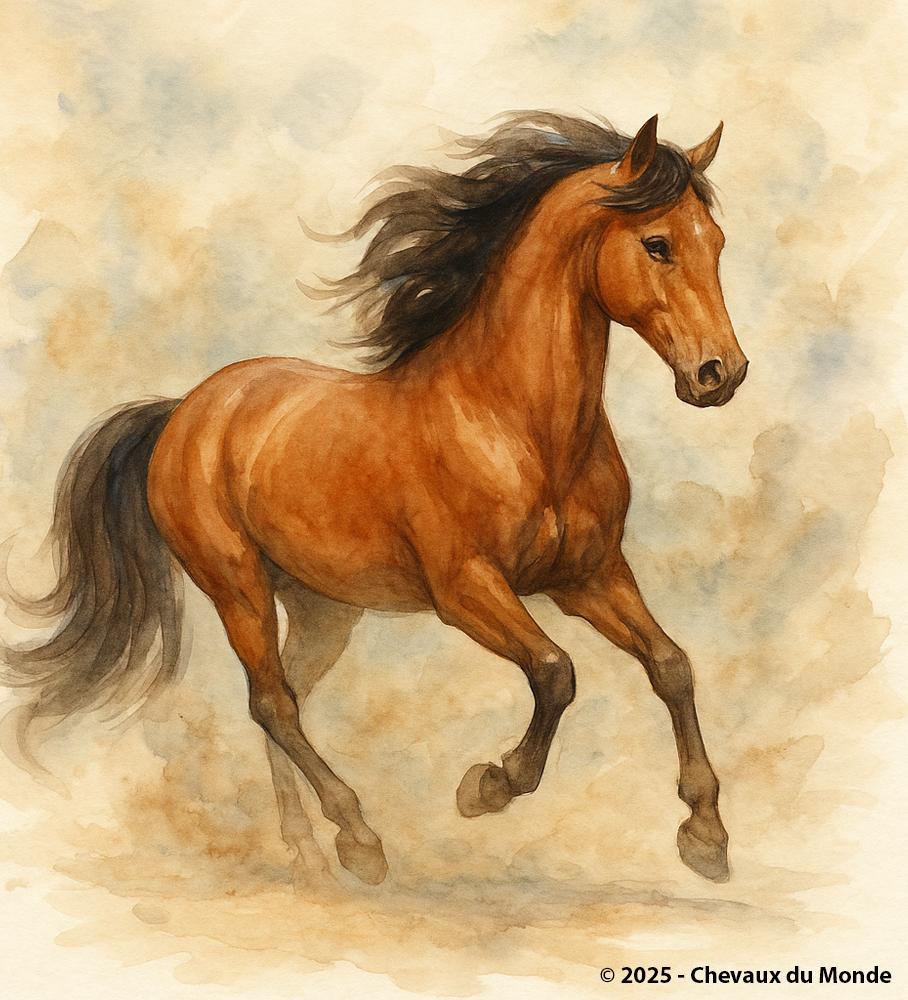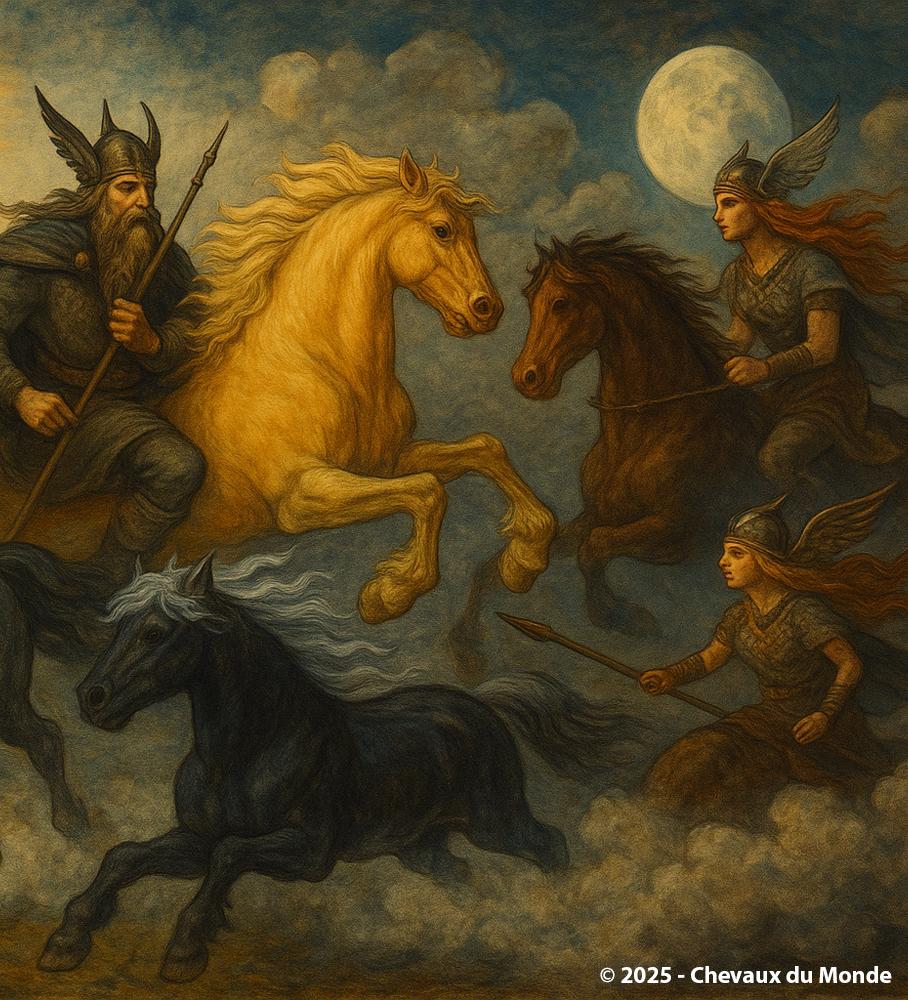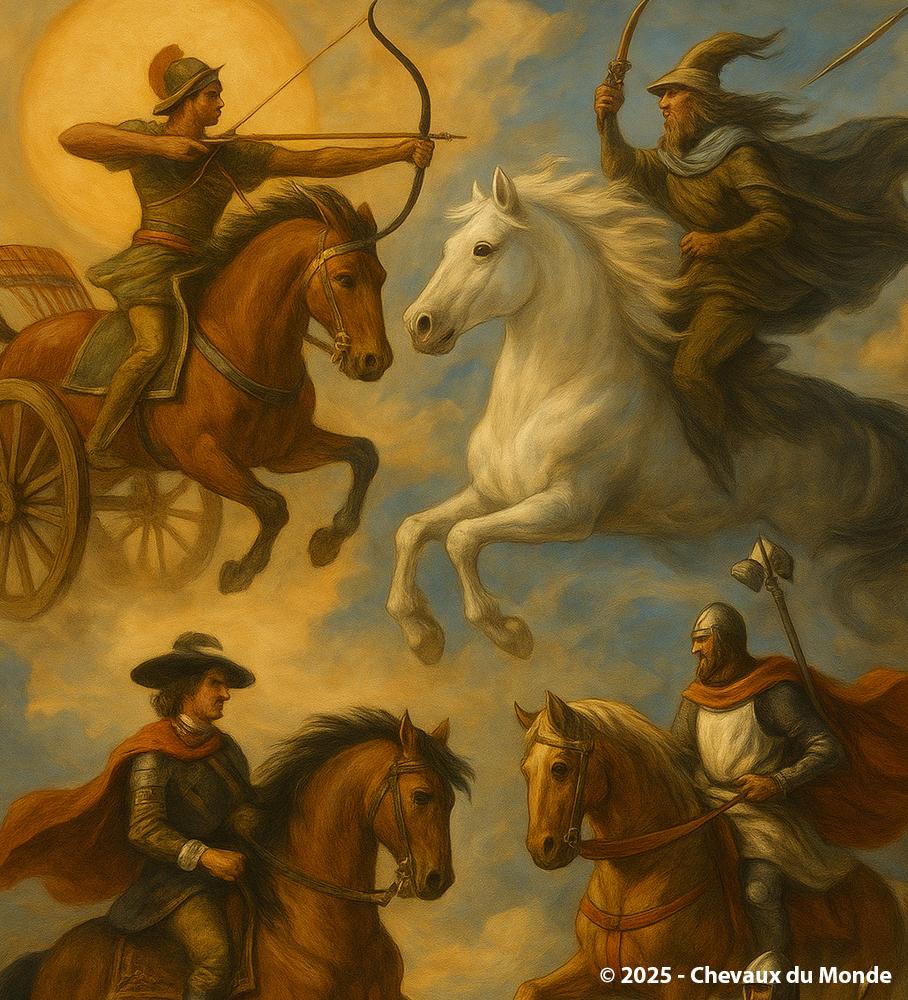THE FIGURE OF THE HORSE IN ROMANTIC POETRY
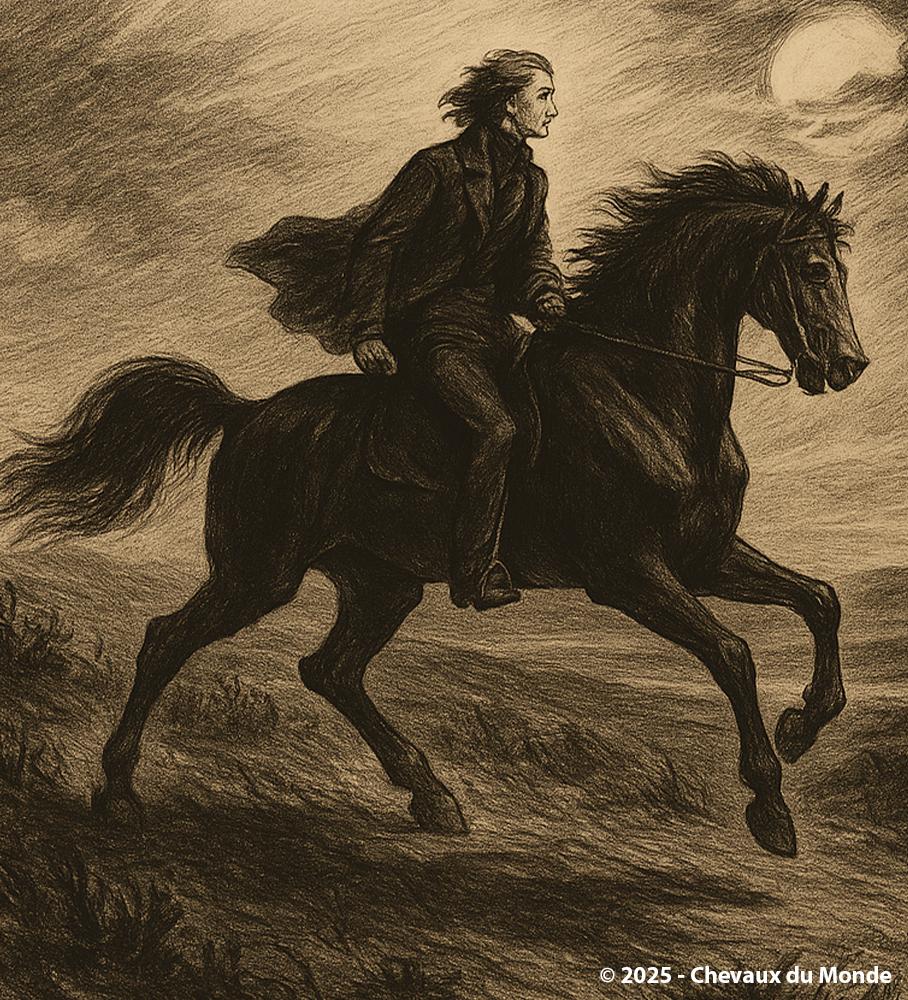
The horse in romantic poetry: a symbol of freedom, escape, and passion, reflecting the emotional intensity of the era.
In the 19th century, the horse became a central figure in the Romantic imagination.
A symbol of freedom, power, and unity with nature, it embodied the passionate impulses of poets, oscillating between light and shadow, between ardor and melancholy. In an era marked by an exaltation of feelings and a taste for the sublime, the horse was not merely an animal: it became a true poetic character in its own right.
The Horse as a Symbol of Freedom and Escape
– Romantic poets saw the horse as an ally of escape. Its gallop embodied the break from social constraints and the search for an elsewhere, whether real or imagined.
– In the works of Victor Hugo and Alfred de Vigny, the gallop merges with the breath of the wind, carrying the rider toward the unknown.
– This image joins the myth of the solitary rider, a traveler of plains and moors, a figure dear to the Romantic spirit.
Ardor and Passion Embodied
– The Romantic horse is not docile: it reflects the passion and vital force of the human soul.
– Its mane whipped by the wind and its tense muscles become metaphors for the intensity of emotions, the revolt against established order, or the surge of love.
– Poets draw on its strength to express intense, sometimes destructive feelings, like an untamed force.
The Presence of the Horse in the Romantic Landscape
– In poetic imagery, the horse is often associated with majestic landscapes: cliffs lashed by waves, endless plains, deep forests.
– It serves to emphasize the contrast between human fragility and the grandeur of nature.
– The nocturnal vision of a rider crossing the moor or facing the storm is a recurring image of Romantic aesthetics.
Shadow and Death: The Funeral Horse
– Romanticism, fascinated by death and mystery, sometimes assigns the horse a dark role: that of the messenger of the beyond or bearer of the final journey.
– In certain works, the black horse symbolizes inescapable fate, advancing relentlessly toward a tragic end.
– This duality between the mount of freedom and the mount of fatality strengthens the horse’s symbolic richness.
Poetic Legacy
– Even today, the image of the Romantic horse endures in literature, cinema, and the visual arts.
– Its 19th-century representation shaped our perception of this animal as a companion of the soul, capable of expressing the invisible and the unspeakable.
– Romantic poets thus gave the horse a lasting role in culture: that of a living echo of human passions.
"In Romantic poetry, the horse does not merely carry a rider: it carries the dreams, the rebellions, and the loves of humankind."

